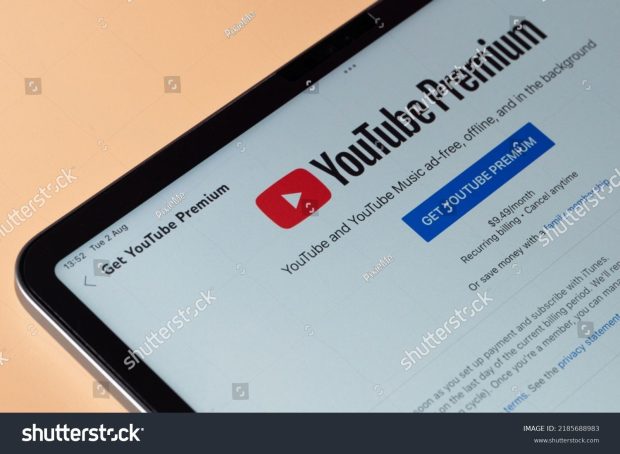Subscriptions Push Premium Over Freemium Amid Rising Prices

Apps dabbling in everything from retail to romance are charging for more features as way to generate new revenue streams from legions of “freemium” or unpaid users.
While the freemium model has long been used to entice users to try a service and then, over time, upsell them into buying access to richer features, the widespread effect of belt-tightening and app fatigue appear to be pushing more apps to find new ways to monetize their experiences.
“After announcing that WhatsApp is working on a new feature that lets businesses assign chats to certain linked devices, WhatsApp is now rolling out another useful feature for business accounts: WhatsApp Premium!” the popular social networking site announced Thursday (Oct. 6).
According to WhatsApp’s new service WABetaInfo, the new paid tier for business adds features that let customers view businesses’ landing pages and easily start a conversation by opening a custom link, the post noted before pointing out that “all current features are still free for businesses: WhatsApp Premium is only an optional plan to give some features to businesses that need certain advanced services.”
At the same, The Wall Street Journal (WSJ) reported this week about similar action among dating apps that once granted access to all content for free or one low price but now offer multiple layers of premium options that can top more than $100 per month.
“I feel like the apps are now wired to make you pay for the good stuff,” dating app user Sara Radin, who reportedly subscribes to four apps, said in the report. “Do I know if they’re worth the amount of money I’m paying? Not sure.”
Sign of the Pricey Times
To be sure, the shift from freemium to premium is happening as consumers are dialing back on paid apps during an inflationary time that’s seen an increase in cancellations of subscriptions that don’t make the cut and are deemed to no longer be worth it.
“The Subscription Commerce Conversion Index: The Challenge of Cheaters,” a PYMNTS and sticky.io collaboration, noted “consumers scaled back slightly on subscription services in the last quarter, including retail product subscriptions. The share of consumers not subscribed to any service in July rose by 19% from May. Streaming services bore the brunt of this belt tightening, losing 10% of their subscriber base on average. Retail product subscription providers lost 5.3% in comparison. We also found a 16% drop in the share of retail product subscription holders who pay for their own memberships.”
Even heavyweights are rolling out pricing changes, including Apple, which is hiking in-app purchases in select countries. In a September announcement on its developer blog, Apple said: “As early as Oct. 5, 2022, prices of apps and in-app purchases (excluding auto-renewable subscriptions) on the App Store will increase in Chile, Egypt, Japan, Malaysia, Pakistan, Poland, South Korea, Sweden, Vietnam, and all territories that use the euro currency.”
“You can change the price of your apps and in-app purchases (including auto-renewable subscriptions) at any time in App Store Connect,” the post later stated. “If you offer subscriptions, you can choose to preserve prices for existing subscribers.”
This all comes into clearer focus as we see engagement with some apps cooling under current economic conditions.
“Apple’s App Store net revenue fell about 5% in September, according to Morgan Stanley, the steepest drop for the business since the bank started modeling the data in 2015,” CNBC reported Monday (Oct. 3).
Quoting Morgan Stanley analyst and report author Erik Woodring, CNBC reported that “the main culprit for the drop was gaming revenue, which was down 14% in September, according to the data. Apple customers may be spending less due to economic concerns, Woodring wrote. Across much of the globe, consumers are facing soaring inflation and recessionary risks.”
For all PYMNTS retail coverage, subscribe to the daily Retail Newsletter.